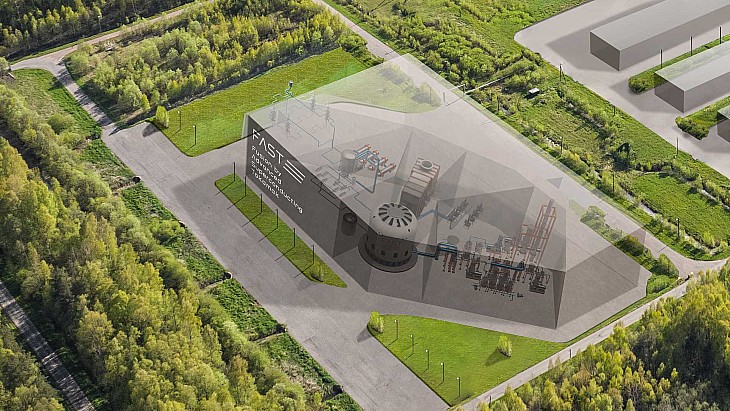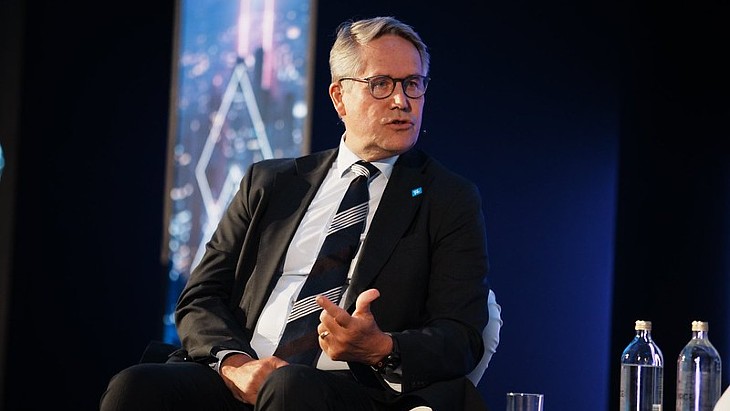Limited manufacturing of the isotope began in April after the Australian Radiation Protection and Nuclear Safety Agency (ARPANSA) amended a licence issued in April 2018 authorising ANSTO to operate the facility for the purpose of 'hot' commissioning only. The regulator's CEO, Carl-Magnus Larsson, on 24 May further amended the licence to enable routine production of Mo-99 to commence.
Mo-99 is the parent isotope of technetium-99m, which ANSTO says is used in about 85% of all nuclear medicine procedures in Australia. It is the most commonly used nuclear medicine worldwide. ANM has the ability to meet up to 25% of global needs.
ANSTO CEO Adi Paterson described the new facility as the world's most advanced and safest manufacturing facility for nuclear medicine. "This facility will ensure supply of vital nuclear medicine for Australians well into the future, and also provide an opportunity for Australia to be a global leader in this industry and export to a global market," he said. "Nothing like this highly-specialised facility has ever been delivered in Australia before."
In 2012, the Australian government announced plans to invest AUS168.8 million (USD116.6 million at today's exchange rate) in the construction of a nuclear medicine manufacturing plant at ANSTO's Lucas Heights site near Sydney to produce medicines from Mo-99 made by the irradiation of uranium targets in the OPAL research reactor, and a demonstration waste treatment plant based on Synroc technology for managing the subsequent radioactive by-products. Together, the facilities are known as the Ansto Nuclear Medicine project. Both of these facilities are to be owned and operated by ANSTO Nuclear Medicine (ANM) Pty Ltd, a majority subsidiary of ANSTO.
Construction of the manufacturing facility, which was designed and built by Australian company Watpac Ltd, began in 2014. Practical completion of facility was achieved late in 2017, with cold and hot commissioning completed during 2018. The facility then moved into a transition phase, in which it carried out batch runs of product to support domestic and international customers in their applications to relevant regulatory bodies. International commercial supply is expected to begin later this year.
Construction of the ANSTO Synroc waste treatment facility began in the third quarter of 2018, and is expected to be completed early in 2020.

.jpg)



_82983.jpg)
_34792.jpg)
_16403_79272.jpg)


_76087_55556.jpg)



